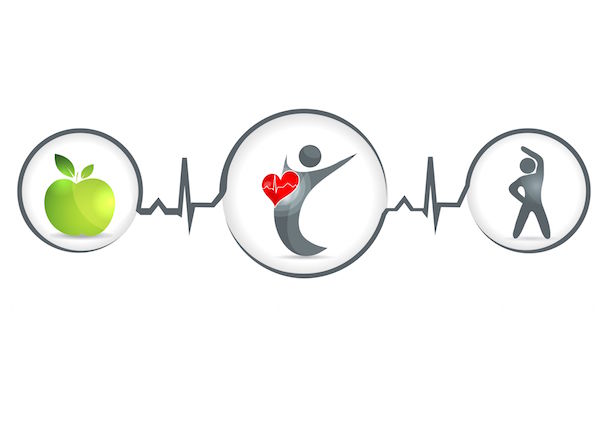
WEDNESDAY, Nov. 30 (HealthDay News) — People taking the blood-thinning drug warfarin who monitor their own blood and adjust their dosage can reduce the risk of blood clots by half, British researchers report.
Warfarin (Coumadin, Jantoven) is taken to prevent potentially deadly clots in patients with conditions such as atrial fibrillation — an abnormal heart rhythm — or a mechanical heart valve. But if the blood is thinned too much, serious bleeding can occur. Keeping the drug in check requires monthly monitoring and frequent doctors visits.
“The concept of self-care and self-monitoring is a growing part of health care it is used widely in diabetes, asthma and hypertension management,” said lead researcher Dr. Carl Heneghan, director of the Center for Evidence-Based Medicine at the University of Oxford.
“The evidence shows that self-monitoring is an effective strategy to reduce thromboembolic events in patients taking oral anticoagulants such as warfarin,” he added.
Self-monitoring of warfarin, a relatively inexpensive drug, involves using a meter similar to those diabetics use to monitor blood sugar. In this case, patients place a drop of blood from a finger prick on a test strip and insert the strip into the device, which reads what is called the international normalization ratio (INR).
If the INR is too high, risk of bleeding increases; if it is too low, there is an increased risk of stroke. Keeping the INR in the therapeutic range requires monthly checking and sometimes altering the dose of warfarin.
INR monitors cost $1,500 to $2,500, and test strips can run from $7 to $18, according to the National Blood Clot Alliance. Insurance coverage depends on the insurer and for which condition warfarin is taken.
In Germany, as many as 20 percent of those taking warfarin check their own blood and adjust their dosage accordingly, while in the United States only about 1 percent of similar patients do so, the researchers said.
The report appears in the Dec. 1 online edition of The Lancet.
For the study, Heneghan’s team culled data from 11 studies that included about 6,400 patients, in a process called meta-analysis, which looks for patterns in previously published studies.
Each study compared self-monitoring with standard care, which involves blood tests done by doctors.
The researchers compared the two approaches in terms of deaths, major bleeding, deep vein thrombosis and stroke in patients with a variety of heart conditions.
The researchers found that self-monitoring reduced the risk of stroke or deep vein thrombosis by 49 percent, compared to standard care. However, it did not significantly alter the odds of a major bleed or death.
The greatest effect of self-monitoring was seen among those younger than 55, where the risk of stroke or deep vein thrombosis was cut by two-thirds.
In patients with mechanical heart valves, self-monitoring cut the risk of stroke or deep vein thrombosis by 50 percent, the researchers noted.
Among older patients, who are at risk for major bleeding, self-monitoring reduced the risk of dying and didn’t increase the risk of complications.
The study received public funding from the U.K. National Institute for Health Research Technology Assessment Program.
Dr. Paul Alexander Kyrle, from the department of internal medicine at the Medical University of Vienna and co-author of an accompanying journal editorial, said “the effect of self-monitoring is not the same for all patient groups.”
Whereas patients with mechanical heart valves benefit, especially men younger than 55, other patient groups, including those with atrial fibrillation, do not, he noted.
“There are now new oral anticoagulants on the market, which are at least as safe and effective as compared with warfarin, and they do not require regular coagulation monitoring. So many patients with atrial fibrillation will switch from warfarin to the new substances in the very near future,” Kyrle said.
Another expert, Dr. Gregg Fonarow, associate chief of cardiology at the University of California, Los Angeles, agreed. More recent drugs such as rivaroxaban (Xarelto), apixaban (Eliquis) and dabigatran (Pradaxa) provide safe and effective anticoagulation without the need for any blood tests, he said. “Many patients requiring anticoagulation will find these new oral agents to be the most attractive option,” Fonarow said.
More information
For more on warfarin, visit the U.S. National Library of Medicine.

